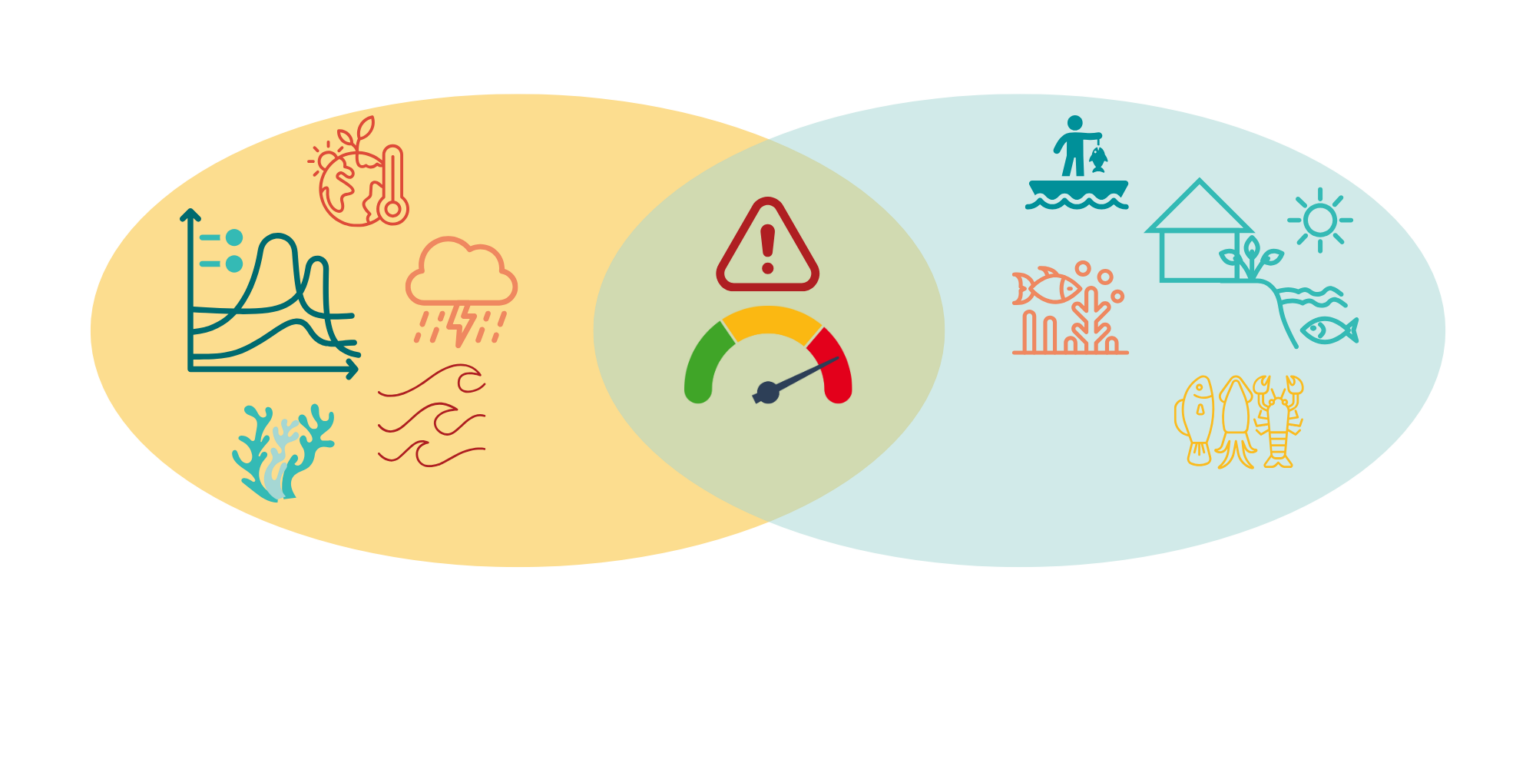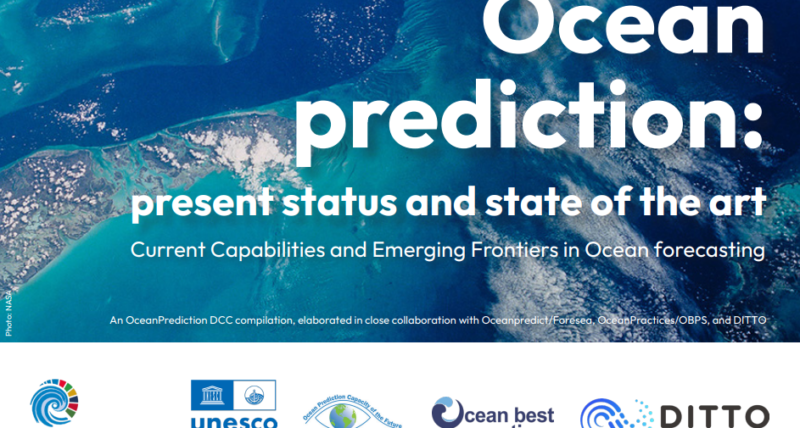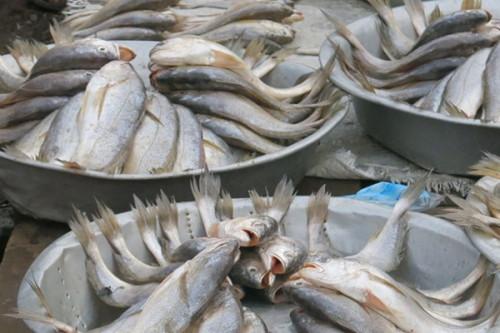
Assessing Risk and Maximizing Resilience
The resilience of a socio-ecological system is « its capacity to absorb natural or human-originated disruptions and reorganize itself in a way that maintains its functions and structure » (Mathevet & Bousquet, 2014).
To measure the stakes related to this resilience, it is necessary to understand and assess the risks facing territories. This risk depends on the hazard (the probability of a disruption occurring over a given period at a specific location, resulting from factors beyond human control) and the vulnerability to that hazard (the exposure of stakeholders, including humans and the environment, to a source of danger).
Evolution of Habitats: Past Disruptions and Their Factors
RESILIENCE analyzes the past trajectories of marine and coastal habitats as well as socio-economic factors, through an archival and interdisciplinary approach combining remote sensing, interviews with stakeholders, and a literature review. This method allows us to understand the changes and losses of habitats (coral reefs, seagrass meadows, mangroves) and identify the factors that caused them, whether related to climate, resource exploitation, market evolution, or governance changes.
Migration of Exploited Species: Anticipating Future Changes
The current distribution of exploited species in marine socio-ecosystems is not immutable; it is expected to evolve due to numerous factors. RESILIENCE uses Species Distribution Modeling to map these future distributions based on the impacts of climate change and habitat modifications.
The project thus identifies areas where species will migrate and assesses the risks associated with non-native invasive species.
Risks and Adaptation Strategies for Fisheries
Based on this knowledge, RESILIENCE maps socio-ecological risks for human societies and ecosystems and seeks to understand what possible adaptation strategies exist. The work is conducted along three axes:
- Risk Indicators: RESILIENCE develops risk profiles that synthesize the hazards and vulnerability of each socio-ecosystem. To do this, it incorporates the impacts of the migration of exploited marine species on fishing activities.
- Adaptation of Fishing Strategies: Small-scale fisheries demonstrate notable resilience in the face of changes. Solutions are already being implemented by fishermen in response to target species migrations (catching new species, fishing techniques…). To amplify this resilience, the project evaluates changes in catches and conducts surveys with fishermen to understand their perception of environmental changes and identify potential additional adaptation strategies: adjusting fishing techniques, diversifying economic activities, or transitioning to other sectors.
- Resilience of Exploited Species: Finally, the research team analyzes the functional diversity (the ability to respond) of exploited fish communities to understand their resilience to the aforementioned disruptions. They also assess the influence and effectiveness of spatial management tools on their conservation.
From Research to Support for Public Policies
Finally, RESILIENCE integrates all this data in light of existing public policies and strategies.
By cross-referencing the results of this risk assessment work, responses from surveys with fishermen, and an analysis of public policies (conducted in the CO-CONSTRUCTION project), the RESILIENCE project measures the effectiveness of current adaptation strategies, including spatial management tools. It organizes collaborative workshops to identify the specific needs of the different stakeholders in the territory. The knowledge that emerges feeds into the digital models and scenarios developed in BRIDGES AVATAR. This model/reality interaction thus allows testing, simulating, and enriching spatial management proposals.
Ultimately, the research leads to policy recommendations for better integration of risks associated with global changes, and thus greater resilience.



